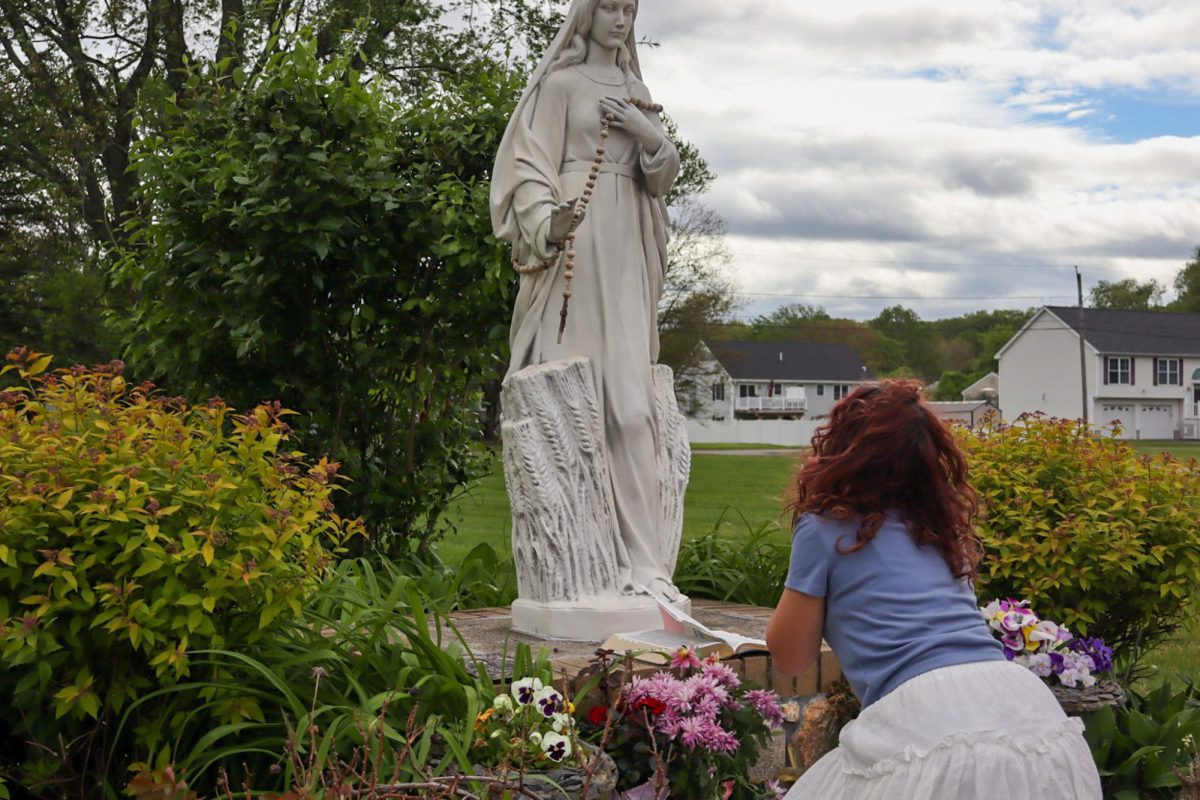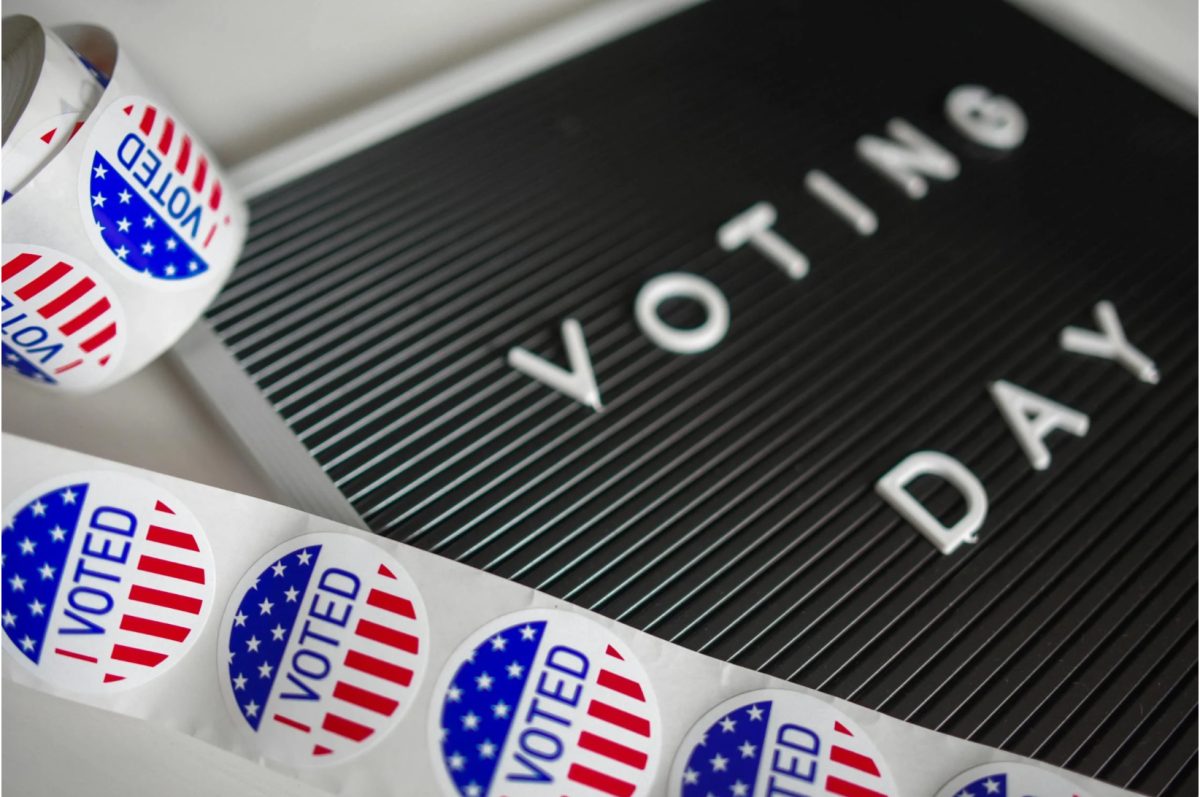With the recent update to the Supreme Court’s rulings this July, their decision for, ‘STUDENTS FOR FAIR ADMISSIONS, INC. v. PRESIDENT AND FELLOWS OF HARVARD COLLEGE’ has been brought to light and is stirring controversy nationwide.
White and Asian families last year sued Harvard University because they felt that they were discriminated against and at a disadvantage during the college application process. Compared to their POC (people of color) competitors, White and Asian students were not assigned a percentage quota to fill the upcoming class at Harvard. Upon the Boston Courthouse receiving the case, it slowly advanced through the ranks until it eventually reached the Supreme Court.
SCOTUS, (The Supreme Court of the United Sates), officially released their decision on this affirmative action case this past July, and the majority was in favor of striking it down. But what does this mean for the college application process in the future?
To understand the future of racial inclusion in the college application process, it is important to understand its past first. Affirmative action is a policy that all colleges and universities use to give an equal advantage to all applicants, regardless of their race. According to the Clinton Archives, with racial tension rising in the 1960’s in response to the civil rights movement, “president John F. Kennedy created the Committee on Equal Employment Opportunity in 1961 and issued Executive Order 10925, which used the term ‘affirmative action’ to refer to measures designed to achieve non-discrimination. In 1965, President Johnson issued Executive Order 11246, requiring federal contractors to take affirmative action to ensure equality of employment opportunity without regard to race, religion and national origin”. These discriminative policies caused social upheaval in the federal government which caused them to respond with the new, inclusive policy of affirmative action.
In response, educational institutions also found it necessary to increase their percentage of diverse students. Affirmative action turned out to be even more advantageous for students of color that come from low income communities as opposed to wealthier White students. For many low income students consideration for higher level universities like Harvard was out of the question, not because of their race but because there was often a correlation between education level and economic background.
Now that Affirmative Action has been struck down, will diversity within colleges cease to exist?
This is the question many parents are asking regarding this year’s cycle of college applicants, especially families of color. If colleges disregard race in the college application process, they will be forced to look at the towns students come from to fill these diversity percentages. Statistically, students who achieve more academically with higher SAT scores and AP courses tend to live in more affluent school districts. These higher income communities, are predominantly populated by White and Asian Americans.
Since colleges cannot look at race to fill their diversity percentages, some admissions committees will consider the communities students come from as a proxy for race. Without race inclusion in the college application process, people of color who live in higher income communities will have a far slimmer chance of acceptance. According to an admissions officer from a local college, “POC, from what I’ve seen, are the lower income families living amongst these wealthier families in towns where the average household income is well above their own. As a result, if POC are not receiving the same education because they cannot afford it, but are still considered at the same level, than POC that live in these wealthy communities will not be given a fair chance.” For example, a one student in North Andover might need to work after school to contribute to the family income, whereas another student doesn’t need to and thus has more time for studying or private tutoring.
While the majority of families in high income communities like North Andover make enough to where this problem will not affect them, there are still students in these wealthier towns who do face financial challenges in their high school careers that set them back when compared to their neighbors. Black families who live in Andover, MA, for example experience poverty at a higher rate than White families. According to World Population View, an organization dedicated to publishing accurate census data in different towns in the US, 25% of Black families in Andover live in poverty, while only 7.16% of White families are in poverty.Thus, Black and Latino families living in high income communities like Andover or North Andover have economical disadvantaged compared to their high school peers.
According to the National Center for Educational Statistics, Hispanic/Latino and Black applicants have an enrollment rate of 30% for the past 20 years into 4 year colleges. This is significantly less than their White and Asian competitors however, who on average were enrolled at roughly 40% and 60% respectively. And with this new policy banning consideration of race in college admissions, White and Asian families will continue to be the majority and schools will mainly consist of students who come from higher education and economic backgrounds, meaning colleges will be less diverse.
Affirmative Action increased diversity in colleges, gave equal opportunity to all applicants, and made the admissions process much easier for colleges and universities. As a result, it was seen as a positive by both colleges and applicants. However, as some White and Asian families saw affirmative action as a form of discrimination against White and Asian students, it became a problem for them, and with the official SCOTUS decision finally released,affirmative action was abolished. Now, POC in the class of 2024 applicant pool will likely be left to suffer the ramifications.






























